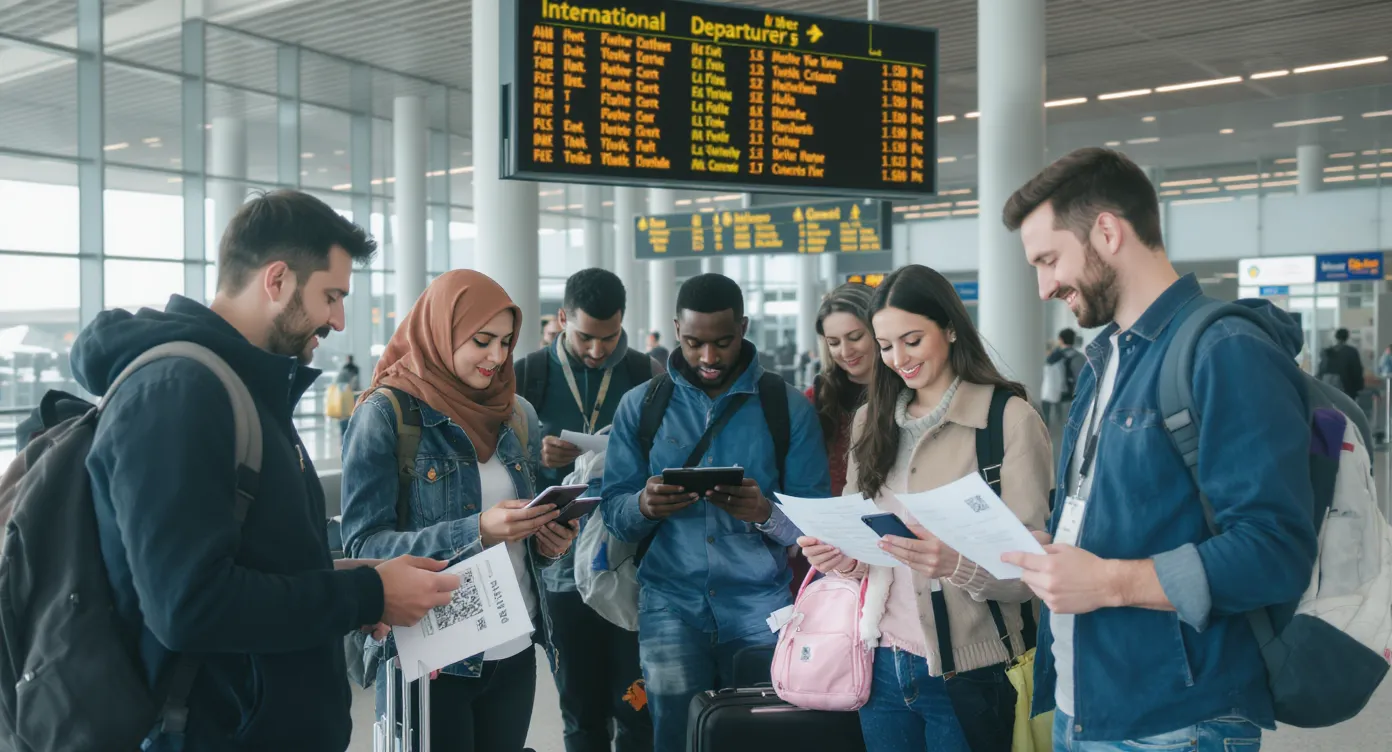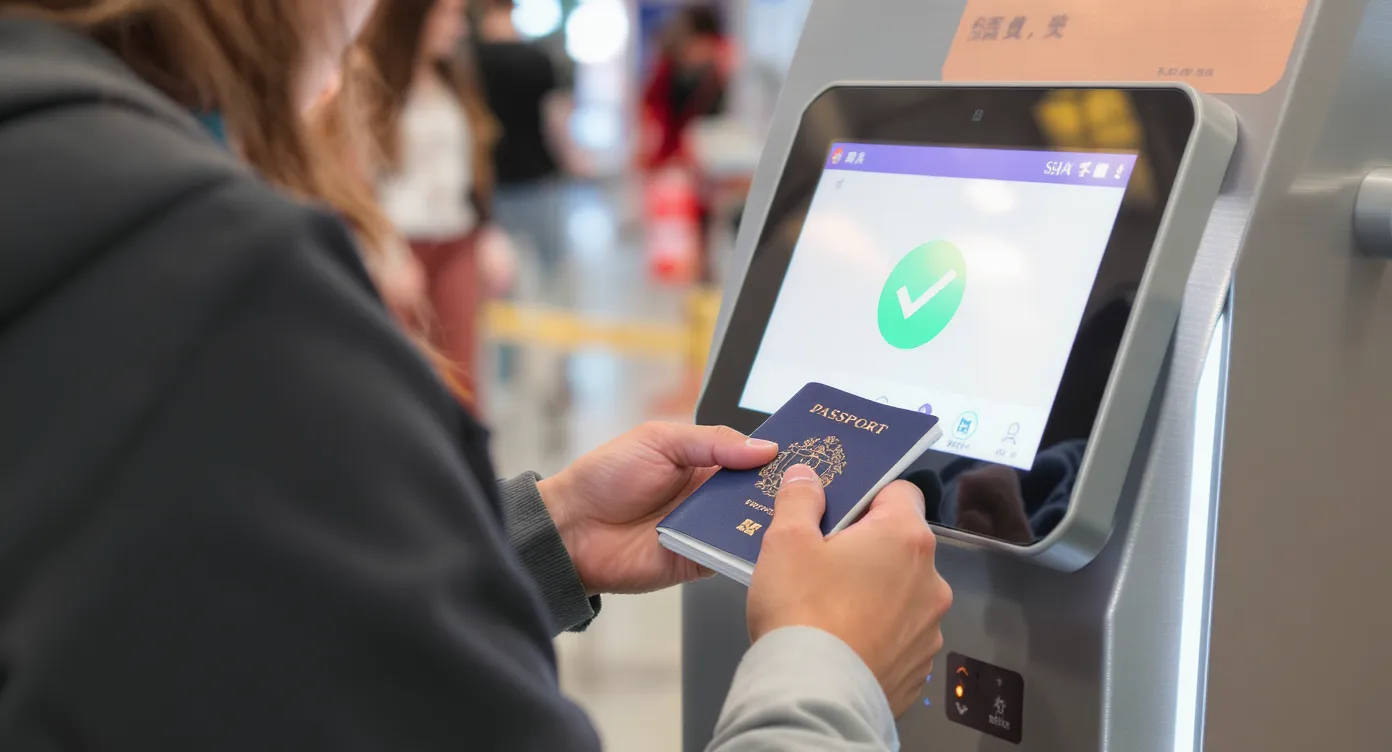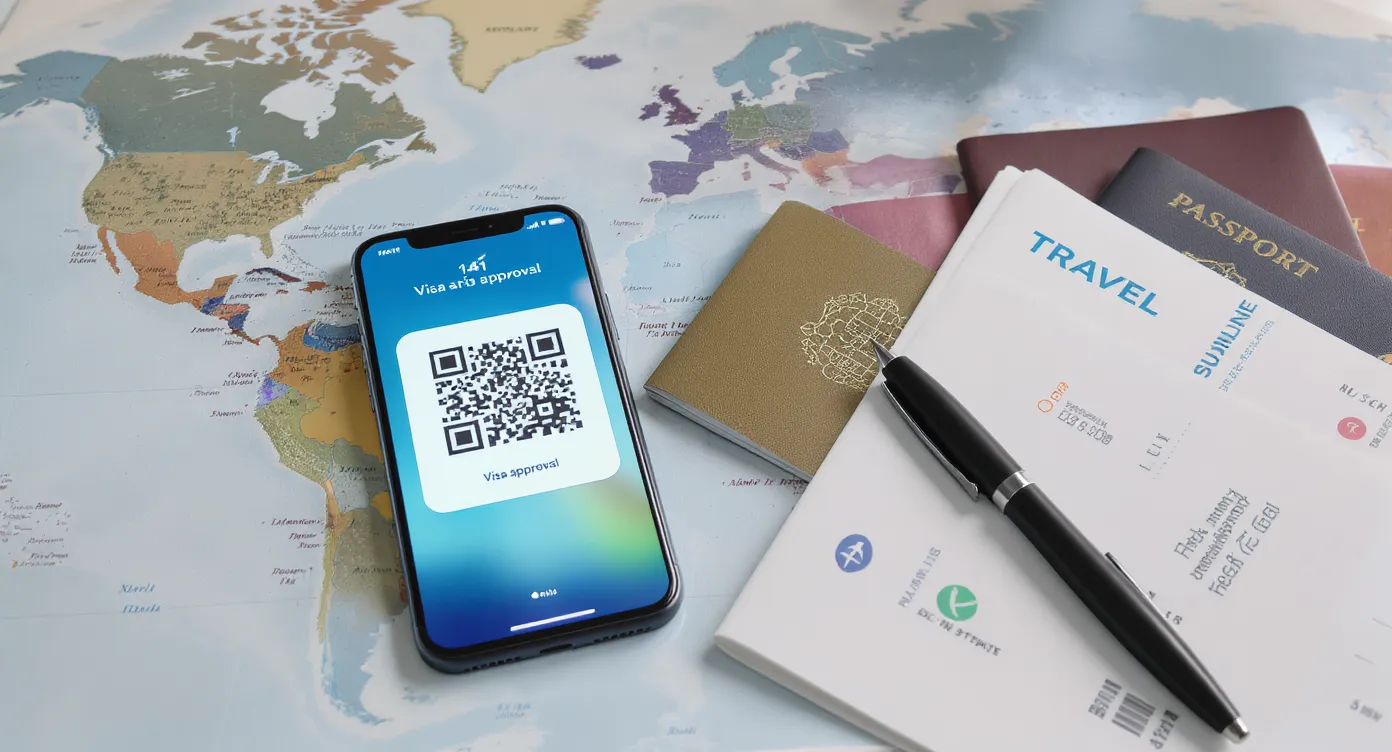Border Crossing Made Easy: Documents, Forms, and Tips

International borders are opening faster than ever, but the paperwork has not vanished. Whether you are a backpacker hopping between Southeast Asian countries, a family heading to Europe, or an airline product manager looking to reduce denied boardings, knowing exactly which documents and forms you need can save money, stress, and even an entire trip.
Why Border Documents Still Matter in a Digital World
Airports now offer e-gates, biometric kiosks, and mobile passports, yet immigration officers continue to refuse thousands of travelers every year for missing or inaccurate paperwork. According to the International Air Transport Association (IATA), documentation problems cost airlines an estimated USD 0.3 billion annually in fines and repatriation. Understanding the rules is therefore crucial for both travelers and the companies that move them.
The Core Documents You Will (Almost) Always Need
| Document | Purpose | Typical Validity | Pro Tip |
|---|---|---|---|
| Passport | Verifies identity and nationality | Most countries require 6 months’ residual validity | Renew at least 9 months before expiry to avoid last-minute fees |
| Visa or eVisa | Grants permission to enter for a specific purpose | Varies by country and category | Check if multiple entries are allowed to avoid re-applying mid-trip |
| Electronic Travel Authorization (ETA/ESTA/ETIAS) | Pre-screening for visa-exempt nationals | 2–3 years in most programs | Apply with the same passport you will carry; approvals are passport-linked |
| Proof of onward travel | Shows intent to leave within the allowed stay | Airline ticket, bus or rail booking | Many travelers use a refundable ticket; be sure it stays valid until boarding |
| Proof of funds | Demonstrates ability to support yourself | Bank statements, credit cards, cash | Digital PDFs are accepted in most airports if they show your name |
| Vaccination or health certificate | Confirms compliance with local health rules | Yellow Fever, COVID-19, polio, etc. | The World Health Organization publishes an updated list of country requirements |
Not sure which apply to you? Airlines and OTAs that integrate real-time data from services like IATA Timatic or the SimpleVisa API can surface the exact list during booking.
Forms You May Encounter at the Border
Even if you hold an approved e-visa, most borders still require additional declarations. Below are the most common forms and how to prepare for them.
- Arrival and departure cards – Paper or digital slips collecting basic biographical data and address while in country. Countries such as Thailand (TM6) and Indonesia still request them, though digital pilots are under way.
- Customs declaration – Lists goods and currency you are bringing. Under-declaring can lead to hefty fines. Keep purchase receipts handy for high-value items.
- Health declaration – Became common during the pandemic (e.g., Singapore SG Arrival Card). Many nations now maintain a slimmed-down version asking about recent travel history or vaccinations.
- Advance Passenger Information (API) – Data airlines transmit to governments before take-off. Airlines collect this within the booking flow or at online check-in; errors can trigger secondary screening on arrival.
- Transit visas or shore-pass forms – Needed for certain layovers or cruise excursions. Always verify cruise‐port rules because requirements can differ from airport rules in the same country.
Digital Transformation: From Paper to Mobile QR Codes
Governments are rapidly digitizing border processes, turning multi-page forms into ten-minute smartphone flows. Examples:
- EU ETIAS (late-2025): An online authorization that pre-clears visa-exempt visitors to Schengen nations.
- US CBP Mobile Passport Control: Lets eligible travelers submit declarations via an app and skip paper forms.
- Australia Digital Passenger Declaration: Replaced the long-standing Incoming Passenger Card with an online form.
Digital systems reduce queues and data-entry errors, but they require travelers to have a reliable internet connection and a phone with enough battery. For destinations with patchy connectivity, see our guide on tips for using e-visas in low-internet regions.

Ten Expert Tips for Hassle-Free Border Crossings
- Research first, book second. Use official government sites, the IATA Travel Centre, or SimpleVisa’s free requirement checker before you lock in non-refundable flights.
- Match every detail. Your visa application, flight booking, and hotel reservation should display your name exactly as it appears in the machine-readable zone of your passport.
- Mind the six-month rule. Even one day less can trigger denial of boarding.
- Print and save offline copies. Batteries die and Wi-Fi fails. Keep a paper backup of e-visas, vaccination records, and insurance.
- Carry the same card you used to pay fees. Some immigration counters verify that the traveler, not a fraudster, made the original payment.
- Arrive with spare pages. Many countries require at least two blank pages in your passport for endorsements, even if visas are digital.
- Declare honestly. Undeclared food, medication, or large sums of cash can result in fines or seizure.
- Stay calm and courteous. Secondary screening often resolves in minutes when travelers cooperate.
- Plan for multi-country trips. Overland routes can cross borders where payment terminals are down; apply for any required transit visas in advance.
- Check children’s paperwork. Minors sometimes need parental consent letters or additional documents, even when traveling with both parents.
When Things Go Wrong: Quick Remedies
- Missing printout of your e-visa – Show the PDF or approval email on your phone. Many officers accept it if the QR code scans. If not, ask airport staff for a printer or visit an airline transfer desk.
- Passport about to expire – Some embassies issue emergency travel documents, but they rarely work for tourism. Consider changing destinations that permit shorter validity instead.
- Name mismatch – Airline agents can often correct the ticket for a fee if caught before departure. After reaching immigration, only a supervisor may override the system.
- Visa denial at check-in – Use data-driven re-routing like the strategies in our Visa Denied recovery guide to salvage the trip.

How SimpleVisa Can Help Travelers and Travel Brands
SimpleVisa simplifies border compliance in two ways:
- For travelers – A mobile-friendly application flow guides you through every required field, auto-validates passports, and delivers most e-visas within 48 hours.
- For airlines, OTAs, and cruise lines – Our plug-and-play API and white-label widgets surface personalized entry rules, let customers purchase visas inside the booking flow, and generate ancillary revenue while keeping approval rates high.
Over 400 travel brands already use SimpleVisa to prevent denied boardings and delight customers. Book a demo to learn more.
Frequently Asked Questions
How early should I apply for a visa before travel? Apply at least one month in advance for traditional visas and two weeks for e-visas. Some destinations offer priority processing for an extra fee.
Do I need to print my electronic visa? Many airports accept the digital version, but carrying a paper copy is still recommended, especially if local scanners malfunction.
Can I cross a land border with an e-visa meant for air arrivals? Rules vary. India, for example, restricts e-visa entry to specific airports and land checkpoints. Always check official guidance.
What happens if I overstay the permitted time? Overstays can result in fines, future visa refusals, or entry bans. Apply for an extension before your allowed stay expires.
Is travel insurance mandatory? A growing number of countries, such as Thailand and the UAE, require proof of medical coverage. Even when optional, it is strongly advised.
Ready for Stress-Free Border Crossings?
Whether you manage an airline checkout or plan your first solo adventure, having the right documents at the right time is the simplest way to keep your journey on track. Use SimpleVisa’s free requirement checker or speak with our team about integrating visa data directly into your booking flow, and turn border bureaucracy into a seamless step rather than a show-stopper.